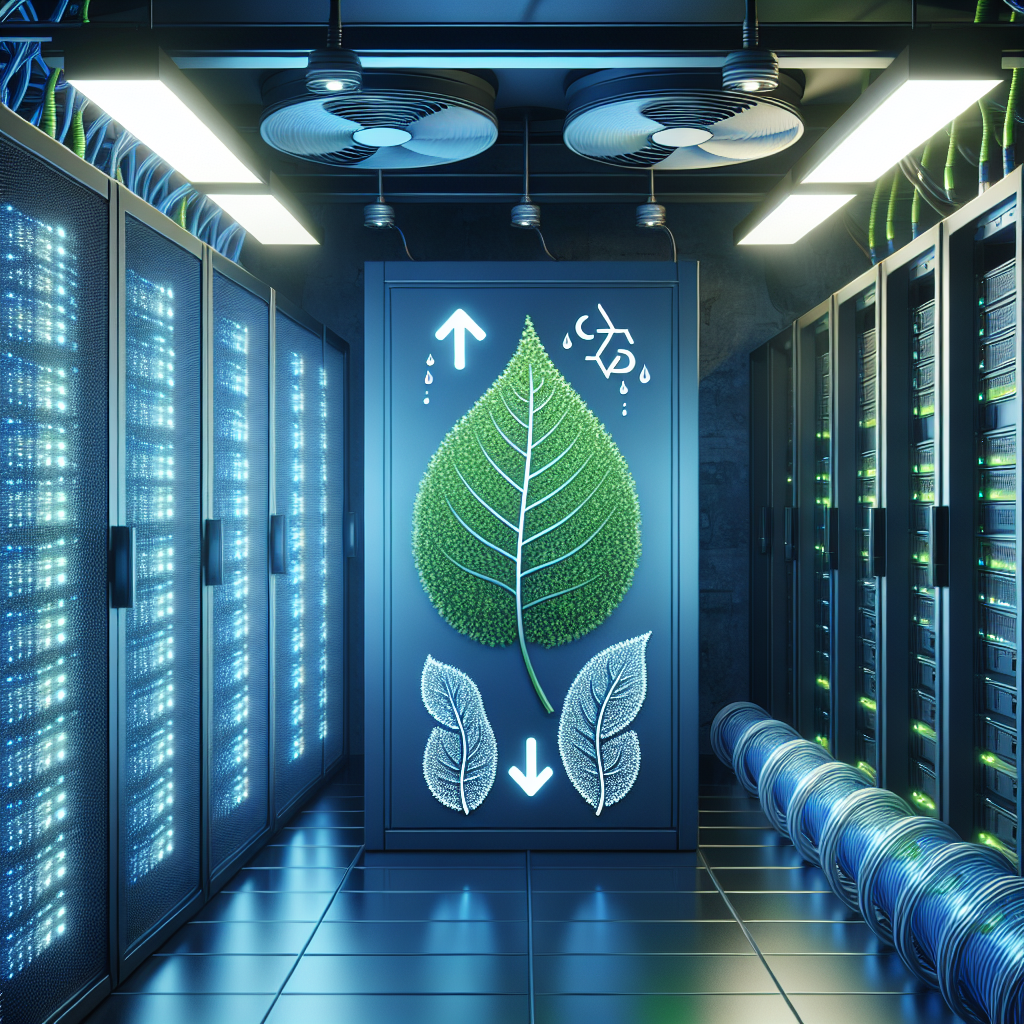Your cart is currently empty!
Best Practices for Improving Data Center Energy Efficiency: Tips for Reducing Carbon Footprint and Operating Costs

In today’s digital age, data centers are crucial for storing and processing vast amounts of information. However, these facilities also consume a significant amount of energy, leading to increased carbon emissions and operating costs. To address this issue, data center operators must implement best practices for improving energy efficiency. By reducing their carbon footprint and operating costs, they can not only mitigate environmental impact but also save money in the long run.
One of the most effective ways to improve data center energy efficiency is by optimizing cooling systems. Cooling is a major energy consumer in data centers, as servers generate heat during operation. By implementing techniques such as hot aisle/cold aisle containment, using variable speed fans, and upgrading to more energy-efficient cooling units, operators can reduce energy consumption and improve overall efficiency.
Another key aspect of improving energy efficiency in data centers is server consolidation and virtualization. By consolidating servers and virtualizing workloads, operators can reduce the number of physical servers needed, leading to lower energy consumption and reduced operating costs. Additionally, virtualization allows for better resource utilization and scalability, further optimizing energy efficiency.
Power management is also critical for improving data center energy efficiency. By implementing power management tools and techniques such as dynamic frequency scaling and power capping, operators can better control power consumption and reduce wasted energy. Additionally, utilizing energy-efficient hardware and equipment can further reduce energy usage and operating costs.
Regular monitoring and maintenance of data center infrastructure is essential for ensuring optimal energy efficiency. By regularly assessing and optimizing power usage effectiveness (PUE), operators can identify areas for improvement and make necessary adjustments to reduce energy consumption. Additionally, implementing energy management systems and utilizing data analytics can provide valuable insights into energy usage patterns and help operators make informed decisions to further improve efficiency.
In conclusion, improving data center energy efficiency is crucial for reducing carbon emissions and operating costs. By implementing best practices such as optimizing cooling systems, server consolidation and virtualization, power management, and regular monitoring and maintenance, operators can significantly improve energy efficiency and mitigate environmental impact. By taking proactive steps to reduce their carbon footprint, data center operators can contribute to a more sustainable and cost-effective future.

Leave a Reply